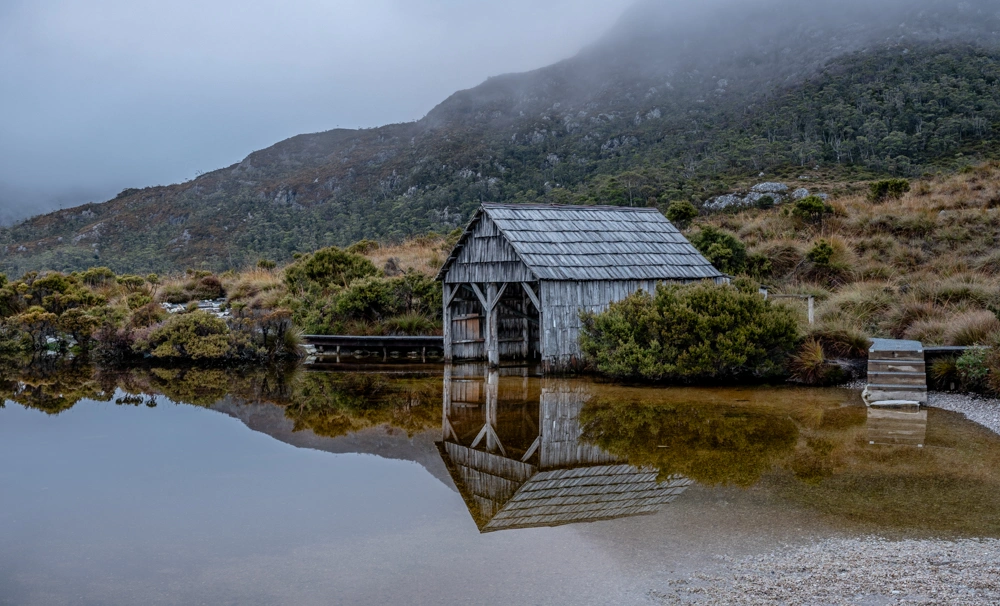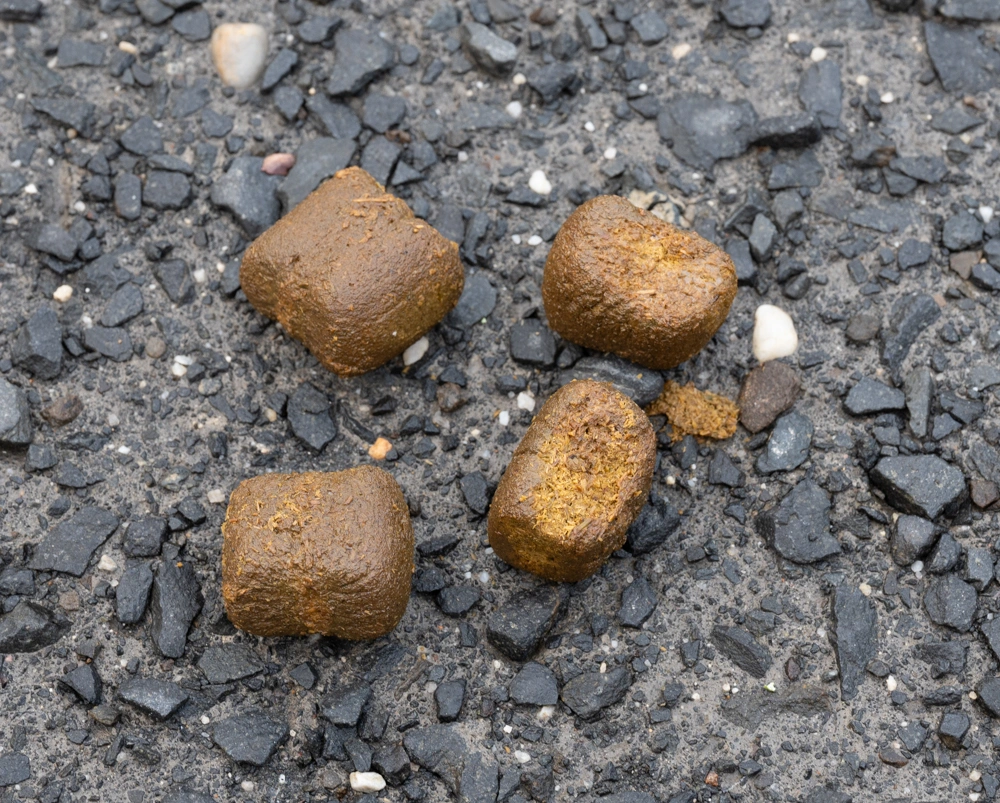Cradle Mountain-Lake St. Clair National Park


Cradle Mountain is a very extensive region in north-western Tasmania at an altitude of 1000 metres, which offers wonderful scenery and many hiking trails. As well as kangaroos, you can also see lots of wombats here. At least that’s what you read about. Among other things, it is mentioned that you should set off very early to see a wombat. So I set off for the first time long before dawn at around 5.00 am. Apart from a bettong, nothing else hopped past the car in the very cool temperatures just above 0°C. Probably one of the few early risers. Apart from that, I didn’t see any other vehicles during the tour.

At the Cradle Mountain Interpretation Centre, I discovered that a barrier was blocking my onward journey. I took the opportunity to visit the public toilet and get another overview on the map. While I was there, I noticed that there were hiking books on display. You enter the route, destination, people, names, address, start, end and contact details of the hiking group in these. This is very useful, as in addition to accidents and contact with snakes, the weather can also cause problems.

Don’t be put off by the barrier, as it opens as soon as you get closer by car. Behind it, the road quickly becomes very narrow. There are regular swerves for oncoming traffic. I saw kangaroos a little more frequently at the edges and the feeling of being immersed in the deepest wilderness became more intense. There are several car parks on site from which hiking trails start. The furthest one is just before a turning loop (Lake Dove Car Park) where two visitor centres have been built in recent years.

My destination was the neighbouring lake. Surprisingly, I met a Filipino photographer there who had spent the night at Lake Dove taking time-lapse shots. He enthusiastically showed me his video and gave me a few tips on which trekking routes I could take or how best to drive back.
After taking pictures of the lake in calm conditions, I set off on the circular tour around Lake Dove. The vegetation at an altitude of over 1000 metres is much sparser, with a lot of ground cover but fewer trees. I discovered wombat droppings for the first time on the trail. Square little cubes that kept lining the edge of the path. But other droppings also caught my eye during the hike. Presumably that of smaller kangaroo species.

I only saw wombats at the Interpretation Centre that day, around midday. Even on my second visit to Cradle Mountain at the crack of dawn, when I stopped at the first large car park and explored the surrounding area, I noticed the absence of the little fatties. It wasn’t until later that I found out why none of the marsupials were on the grassland in the early morning. The morning had always been extremely damp, slightly drizzly and foggy. Unpleasant weather. The kangaroos seemed to be less bothered by this. But the wombats only showed themselves when the temperature reached a certain level. Leaving early to observe the crepuscular mammals is a good tip in the summer months, but not in winter.
Wir übernehmen keine Haftung für externe Inhalte! Beim Klicken auf das Video wird die IP Adresse an YouTube übermittelt.
Wir übernehmen keine Haftung für externe Inhalte! Beim Klicken auf das Video wird die IP Adresse an YouTube übermittelt.
Wir übernehmen keine Haftung für externe Inhalte! Beim Klicken auf das Video wird die IP Adresse an YouTube übermittelt.